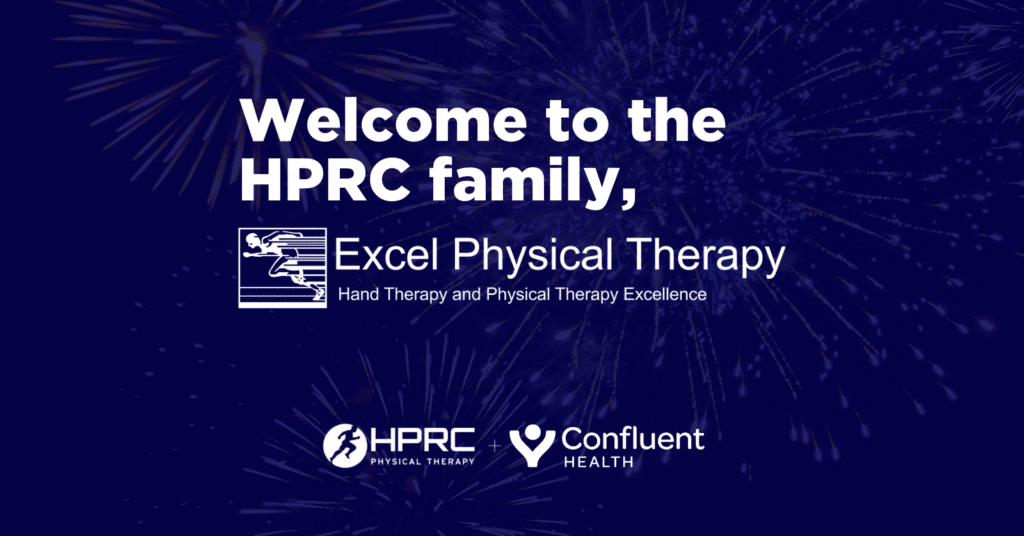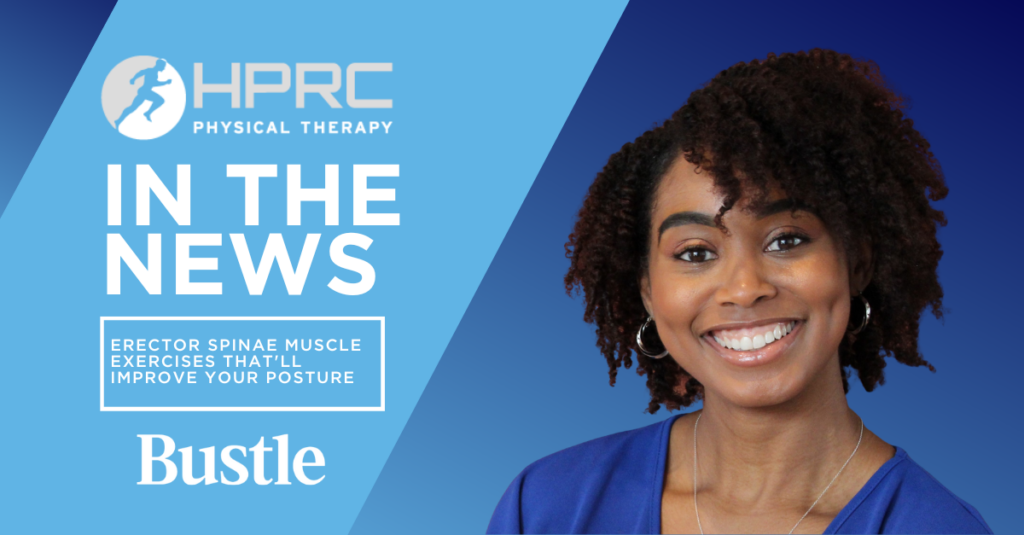It’s been a long day that started with a pounding headache and a rough day at work. A great movie is on TV and the start to a perfect night of relaxation is complete with a warm bag of popcorn. As I settle in and the movie begins, I take the highly anticipated first bite and…OUCH! What was that? The pain is from my mouth but it’s not a normal toothache. The pain in my face and jaw travels up to my temple and ear. My headache has not only returned, but has intensified! I’m experiencing signs and symptoms of temporomandibular disorder (TMD). Can you relate? The National Institute of Dental and Craniofacial Research estimates over 10 million Americans are affected by TMD. This disorder impacts many within our own community and HPRC is here to help inform, educate and treat to restore a healthy and desired lifestyle.
Background: Anatomy and Function
Temporomandibular disorder involves the temporomandibular joint (TMJ) and/or the surrounding musculature. The TMJ is a hinge joint that connects the jaw to the skull, just in front of the ear on both sides of the head. Movement at the TMJ allows for up and down and side to side motions of the jaw for talking, chewing and yawning. The cervical spine and surrounding musculature influence the position and control of the joint.
What Are the Signs and Symptoms of TMD?
Common signs and symptoms are, but not limited to:
- Pain in the jaw, face, temple region, neck, shoulder and/or ear at rest or during movement
- Limited jaw motion opening, closing and/or side-to-side
- A “stuck” or “locking” feeling in the jaw, “clicking” or “popping” when opening and closing the mouth that may or may not be painful
- Headaches
- Fatigue in the jaw, head and/or neck region
These symptoms may be temporary, recurring or chronic.
What Causes TMD?
The exact cause of TMD is not clear, but clinicians do believe signs and symptoms arise from problems in the surrounding muscles, the joint itself, stiffness in the cervical spine and poor ergonomics/posture. A rapid onset may occur after an injury, such as a blunt force to the face or whiplash. Other contributing factors include:
- Grinding/clinching teeth at night
- Osteoarthritis or rheumatoid arthritis in the TMJ
- Dislocation of the disc in the TMJ
- Work, home or emotional stress
- Recent prolonged and/or high-level dental work
- Recent cervical injury or surgery
- Diet (i.e., nuts, ice, tough meats)
- Overuse/habits (i.e., bubble gum, biting nails, chewing the end of a pen/pencil)
Treatment Options
The most effective treatment for TMD typically involves a collaborative team effort between the patient, a physician or dentist and a physical therapist. As the patient, the following steps may be help in easing symptoms:
- A soft diet
- Ice applied outside (ice packs, frozen vegetables) and inside (popsicles, pieces of ice) the jaw
- Avoid extreme jaw motions that hurt and/or create popping
- Reduce stress and learn relaxation techniques
- Keep your teeth slightly apart and jaw relaxed during daily activities
A physician or dentist will evaluate you for TMD, as well as for other possible issues in the teeth, jaw, head and neck. X-rays or an MRI may be performed if found necessary to further examine hard and soft tissues. Medication may be prescribed to help with inflammation. Dentist and oral surgeons can prescribe a helpful tool to reduce the effects of grinding at night called a night guard or splint. These custom made appliances prevent the upper and lower teeth from coming together while sleeping, thus reducing the grinding forces that contribute to TMD.
Physical therapists play a key role in the collaborative effort to get you back to a healthy, desired lifestyle. A licensed PT at HPRC will evaluate and treat all factors contributing to your TMD to reduce symptoms today and to prevent recurrences in the future. Treatments include:
- Manual techniques (i.e., stretching, mobilizations and manipulation of the TMJ and cervical spine)
- Exercise instruction (stretching and strengthening of the musculature surrounding the TMJ and cervical spine)
- Patient education (detailed activity modifications, postural instruction and relaxation techniques)
- Modalities that help reduce pain and improve tissue health.
Learn more about the care our clinicians can provide for those suffering from TMD.



